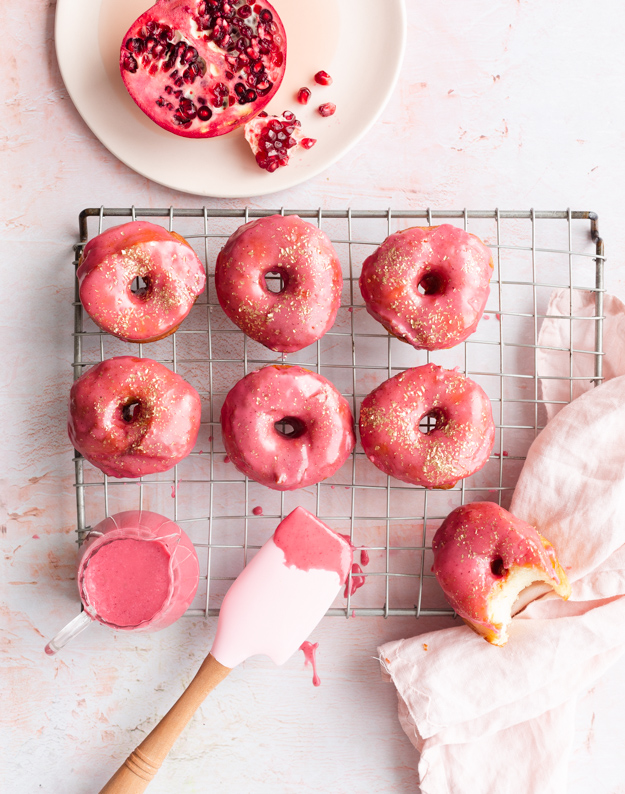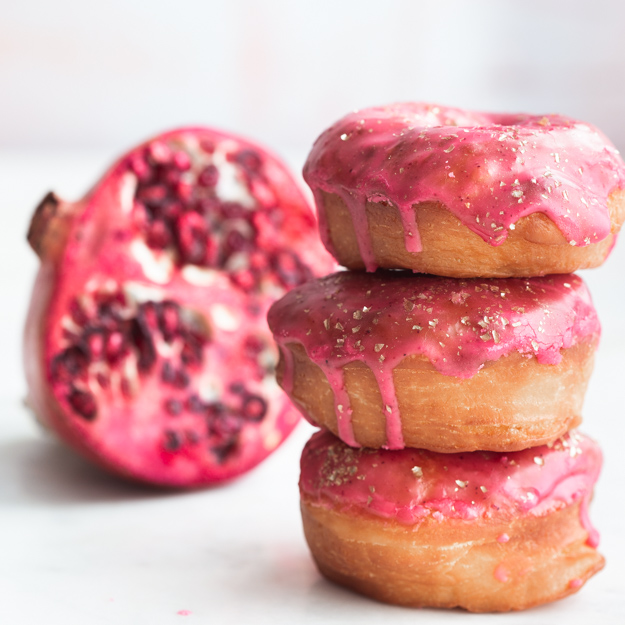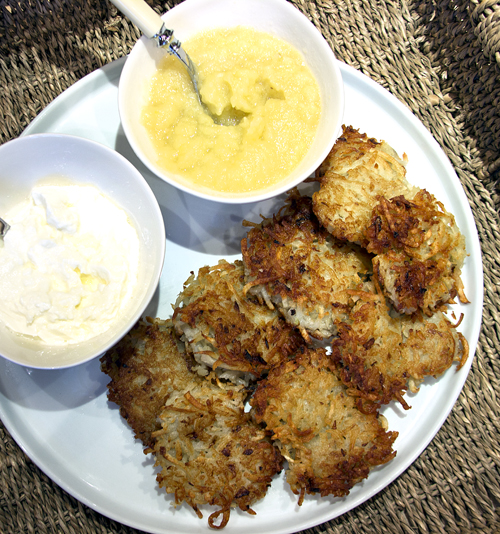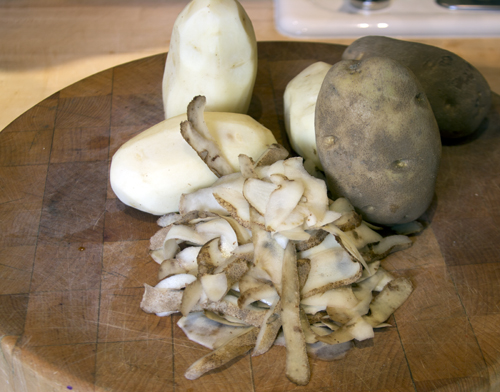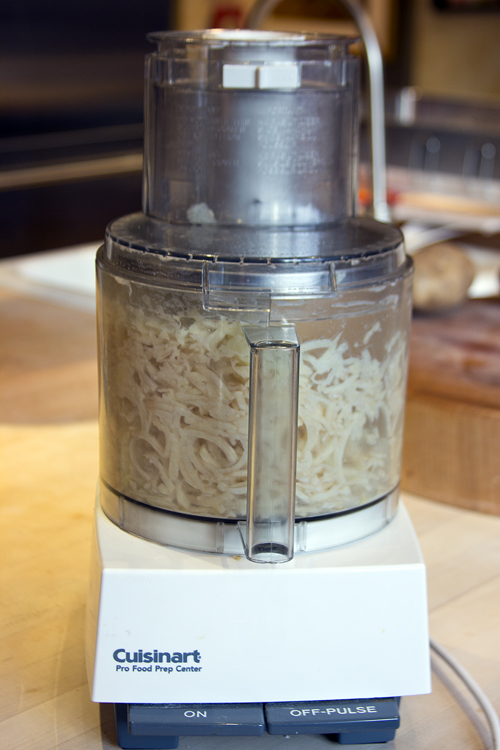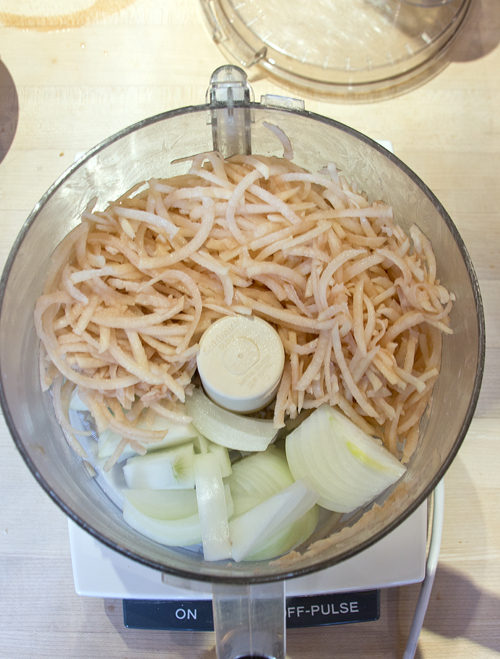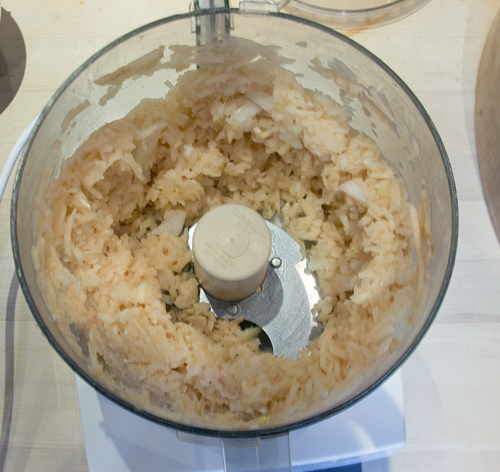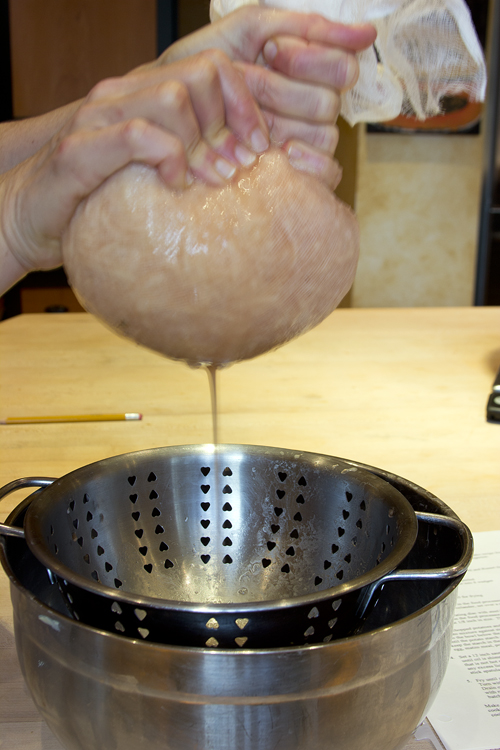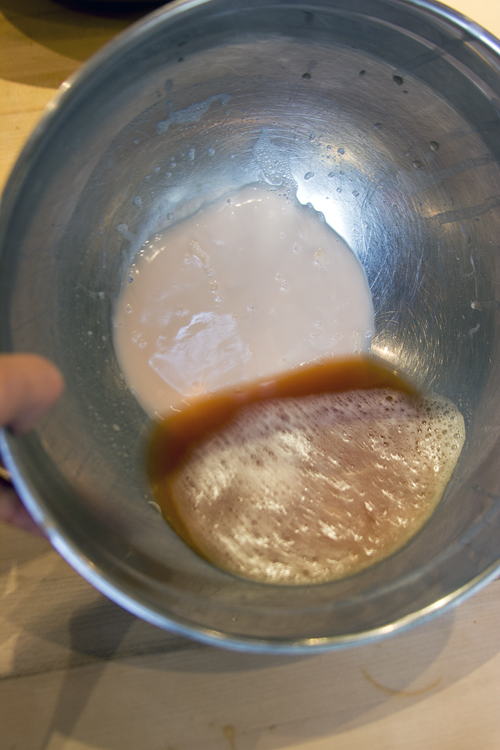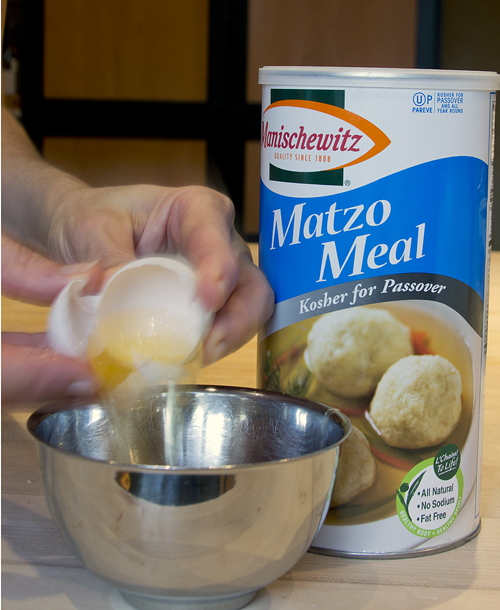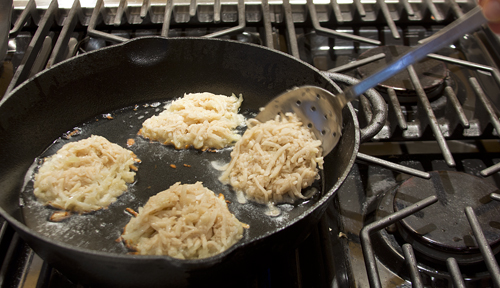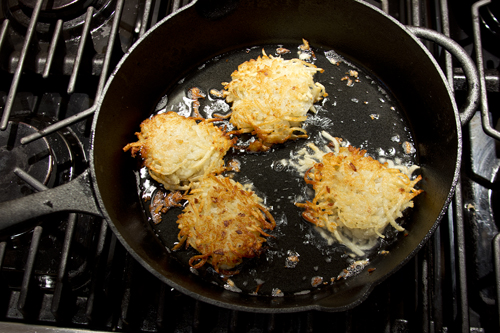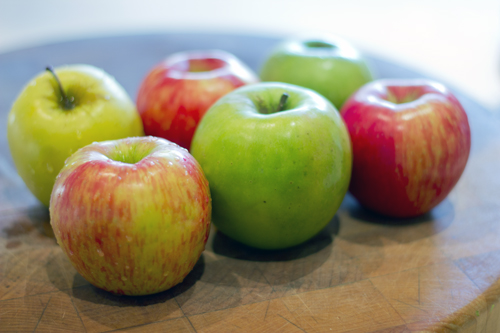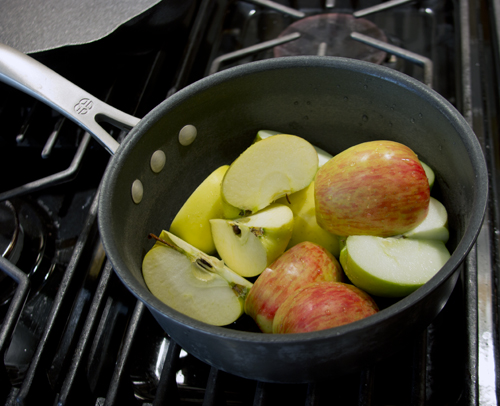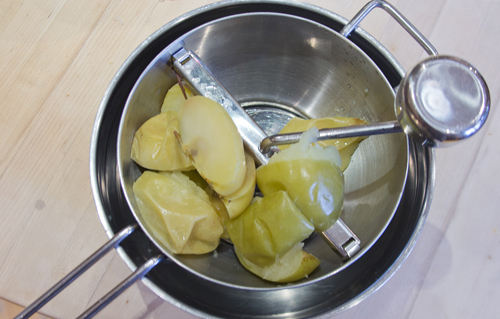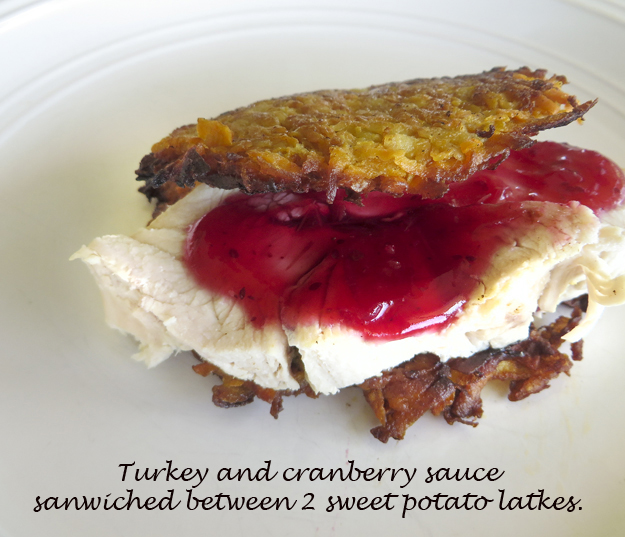 It’s always a good day when I can learn a new word! Last week I learned the word Portmanteau. A portmanteau or portmanteau word is a combination of two or more words and their definitions, into one new word. For example; Bootylicious, from booty and delicious, chillax, from chill and relax and jeggings, from jeans and leggings. Jeggings by the way are not pants. Your booty must be covered if you insist on wearing them. (Sorry, just a little side rant!)
It’s always a good day when I can learn a new word! Last week I learned the word Portmanteau. A portmanteau or portmanteau word is a combination of two or more words and their definitions, into one new word. For example; Bootylicious, from booty and delicious, chillax, from chill and relax and jeggings, from jeans and leggings. Jeggings by the way are not pants. Your booty must be covered if you insist on wearing them. (Sorry, just a little side rant!)
The newly coined portmanteau word of Thanksgivukkah was celebrated this past Thursday. I just love the fact that the word was actually coined by a Jewish mom, living in Boston. As you may have heard, this past Thursday, the American holiday of Thanksgiving collided with the Jewish holiday of Hanukkah. Sort of a secular-religious mashup. The last time this happened was in 1889. It will not occur again until 79811! In case you are wondering why this does not happen every year, it is not because Jews are poor timekeepers. The Huffington Post did a brilliant job of explaining.
“The reason for this year’s rare alignment has to do with quirks of two calendars, the Gregorian and Jewish calendars. Much of the world follows the Gregorian calendar, which has a 365-day year based on the Earth’s orbit around the sun, with leap years every four years. The Gregorian calendar was implemented by Pope Gregory to keep Easter in line with the season it was originally celebrated in.
But the Jewish calendar, which was created more than 2,000 years ago, follows the waxing and waning of the moon. That calendar has 12 months of roughly 30 days each, which works out to a bit more than 354 days in a year. As a result, the Jewish year creeps earlier and earlier relative to the Gregorian calendar. But many Jewish holidays, such as Passover, are tied to seasons such as spring.
To keep holidays in line with their seasons, the Jewish calendar includes an entire extra month in seven of every 19 years. This year is a leap year, so Hanukkah and all of the other Jewish holidays came especially early in 2013. And Thanksgiving, which falls on the fourth Thursday in November, happened to come extra late this year, allowing for the convergence.”
I actually had to read that explanation 3 times before I understood it, but not to worry, this is not the main focus of this post. I wanted to spend a little time writing about the difference between Canadian and American Thanksgiving.
Canadians celebrate Thanksgiving on the second Monday in October. Americans celebrate it on the fourth Thursday in November. When I was growing up, our family, and most of the other Jewish families I knew did not even celebrate Thanksgiving. It was just a welcome day off school and work. I’m not sure why we never celebrated it. Perhaps because it was usually so close to Rosh Hashanah and Yom Kippur, and by the time it rolled around, we were holidayed out.
Canadian Thanksgiving is based on European harvest celebrations. It is our way of saying thanks for the the bounty of the harvest and giving us enough food to last through the cold winter. American Thanksgiving is based on a tradition of remembering and paying tribute to the pilgrims.
While Americans may celebrate louder and larger, Canadians were actually the first to celebrate Thanksgiving. English explorer Martin Frobisher is widely credited with hosting the first Canadian Thanksgiving. In 1578, he and his crew were out at sea searching for the Northwest Passage to the Orient. Although they did not find it on this particular journey, (they arrived instead in Newfoundland) they celebrated their safe arrival to the New World. And no one can celebrate like Newfoundlanders! After all, they invented screech. The first American Thanksgiving (1621 in Plymouth, Massachusetts) was not celebrated until 43 years after the first Canadian celebration.
The foods that Canadians and Americans celebrate Thanksgiving with are basically similar, except that the milk which Canadians mix into their mashed potatoes comes from a bag and is served with an extra pinch of politeness.
I do believe that both Canadians and Americans experience simmering cranberry sauce and emotions over their respective holiday weekends. There is nothing like an extended family gathering to bring out all kinds of feelings and arguments over pie and other such nonsense.
My husband and I had planned to be in Florida for American Thanksgiving this year. Our oldest son and daughter decided to join us for the weekend. About a month before the holiday my daughter sent me this link. We started planning how we would celebrate our first Thanksgivukkah. Since we were not arriving in Florida until 1:00 pm on Thursday afternoon, shopping and cooking an entire dinner from scratch was out of the question. We ordered Turkey dinner and all the fixings from Whole Foods and decided to supplement with homemade sweet potato latkes.
As I am still in a cast and using crutches, the cooking fell to my husband, daughter and son. My daughter was in awe that applesauce was so simple to make. Basically, apples and a bit of water get cooked in a covered pot until soft and then mashed with a fork. You could get fancy and add cinnamon and other spices but we kept it basic.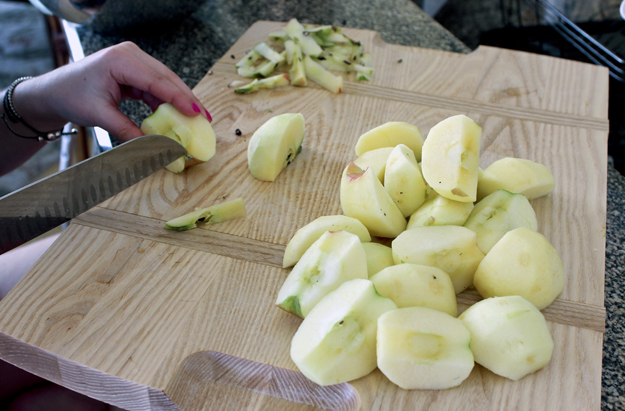
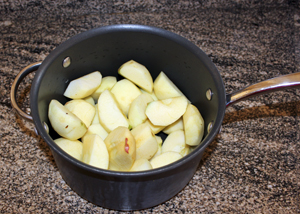
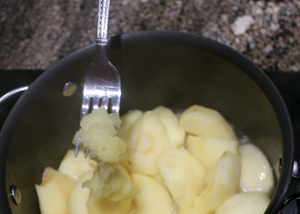 We started off making straight sweet potato latkes, but because they exude very little starch, they did not hold together very well. We then moved on to a hybrid latke, using a combo of starchy baking potatoes and sweet potatoes. We mixed in some grated onion, a couple of beaten eggs, a bit of flour and some salt and pepper. With all the extra hands on deck, the peeling and grating went quickly and we only had one grated knuckle mishap.
We started off making straight sweet potato latkes, but because they exude very little starch, they did not hold together very well. We then moved on to a hybrid latke, using a combo of starchy baking potatoes and sweet potatoes. We mixed in some grated onion, a couple of beaten eggs, a bit of flour and some salt and pepper. With all the extra hands on deck, the peeling and grating went quickly and we only had one grated knuckle mishap.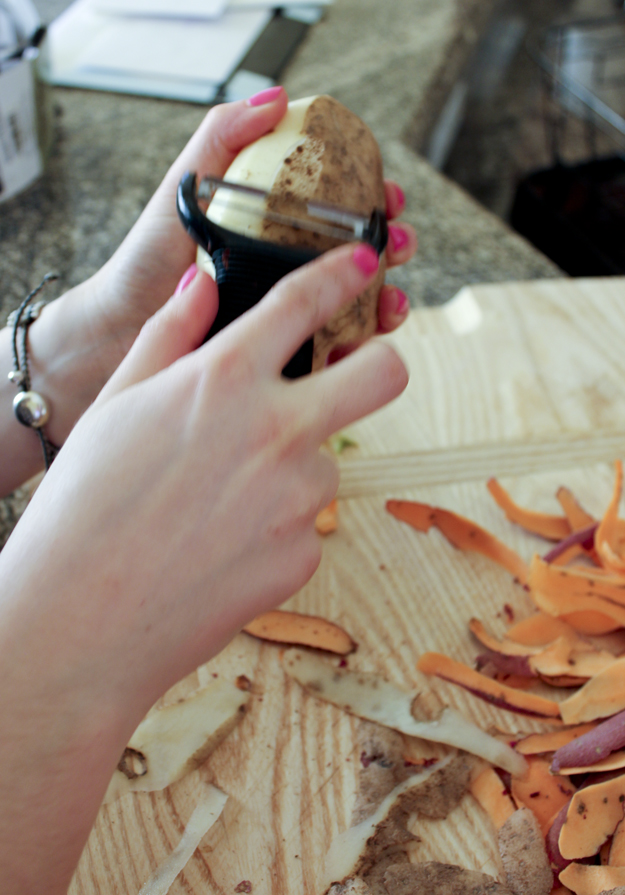
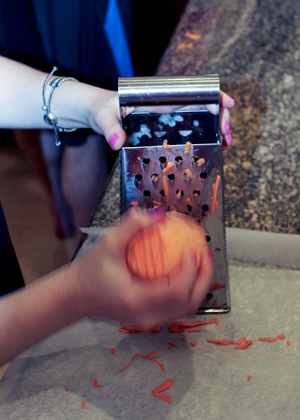
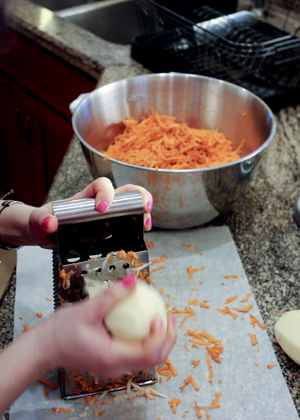 Once the potatoes have been grated, it is important to squeeze out all the excess liquid and then let the liquid sit for about 5 minutes. All the potato starch will sink to the bottom of the bowl. Drain off the liquid and scrape that starch into the latke mixture. It will help to hold them together.
Once the potatoes have been grated, it is important to squeeze out all the excess liquid and then let the liquid sit for about 5 minutes. All the potato starch will sink to the bottom of the bowl. Drain off the liquid and scrape that starch into the latke mixture. It will help to hold them together.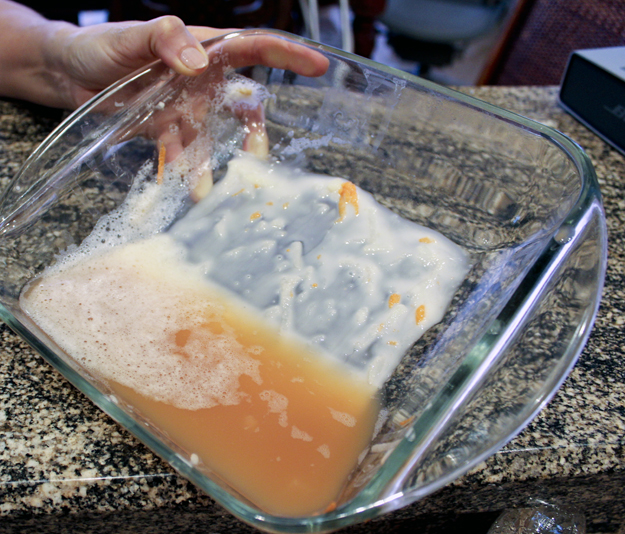 At last, latke perfection was achieved. Crispy on the outside and creamy and soft within.
At last, latke perfection was achieved. Crispy on the outside and creamy and soft within. 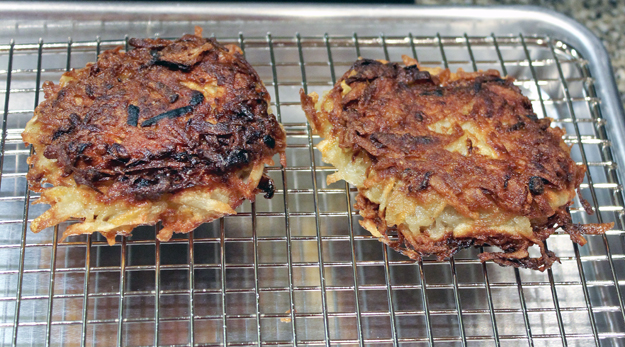 We did not set a fancy table and sit down to eat. We just gobbled up the latkes as they came out of the hot oil. One of my family members performed the sacrilgious act of dousing the latke with ketchup!! (Apparently an Ottawa tradition).
We did not set a fancy table and sit down to eat. We just gobbled up the latkes as they came out of the hot oil. One of my family members performed the sacrilgious act of dousing the latke with ketchup!! (Apparently an Ottawa tradition). 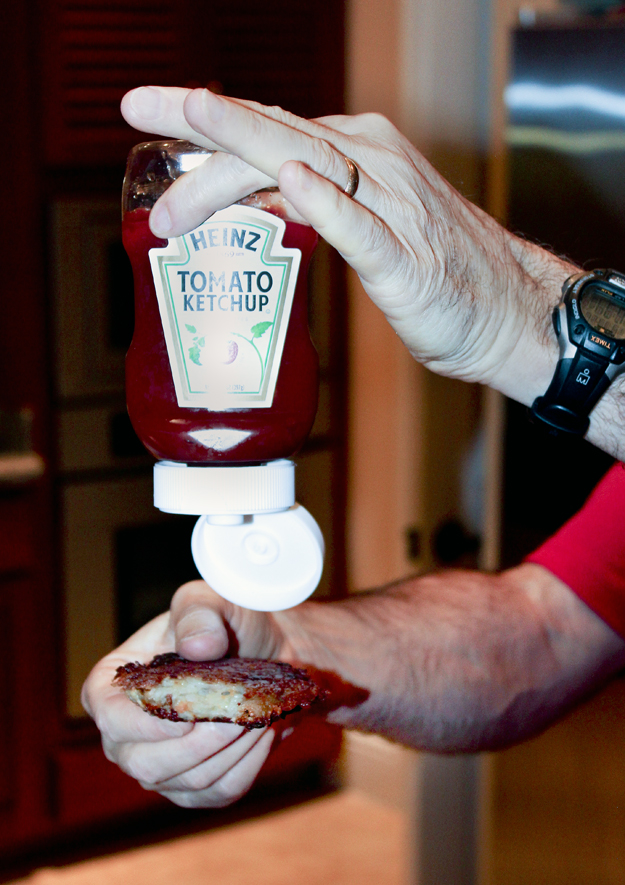 Others kept it old school and slathered them with applesauce the way God intended them to be.
Others kept it old school and slathered them with applesauce the way God intended them to be. 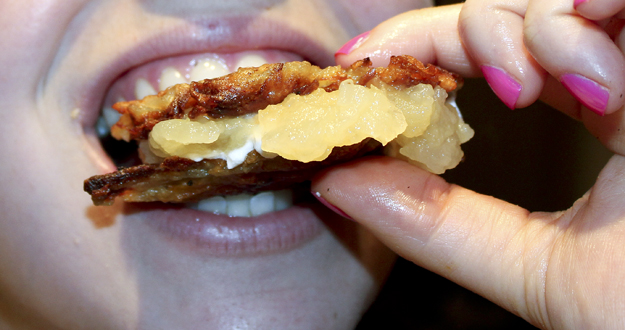 I will admit that by the time the latkes were cooked and eaten, we had little room and interest in eating the turkey, stuffing and gravy. There were lots of leftovers the next day, which I suspect may be the whole point of Thanksgiving anyways. Inspired by Thanksgivukkuh, we made latke sandwiches the next day. Turkey and cranberry sauce sandwiched between two sweet potato latkes. New traditions don’t get much better than this.
I will admit that by the time the latkes were cooked and eaten, we had little room and interest in eating the turkey, stuffing and gravy. There were lots of leftovers the next day, which I suspect may be the whole point of Thanksgiving anyways. Inspired by Thanksgivukkuh, we made latke sandwiches the next day. Turkey and cranberry sauce sandwiched between two sweet potato latkes. New traditions don’t get much better than this.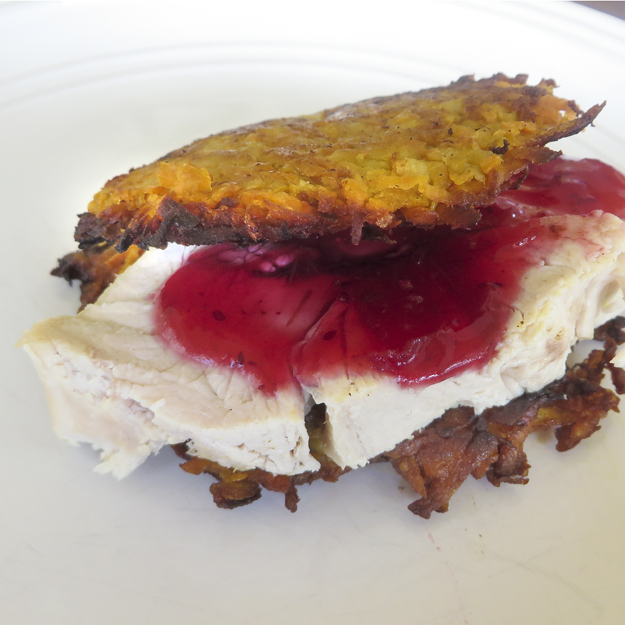
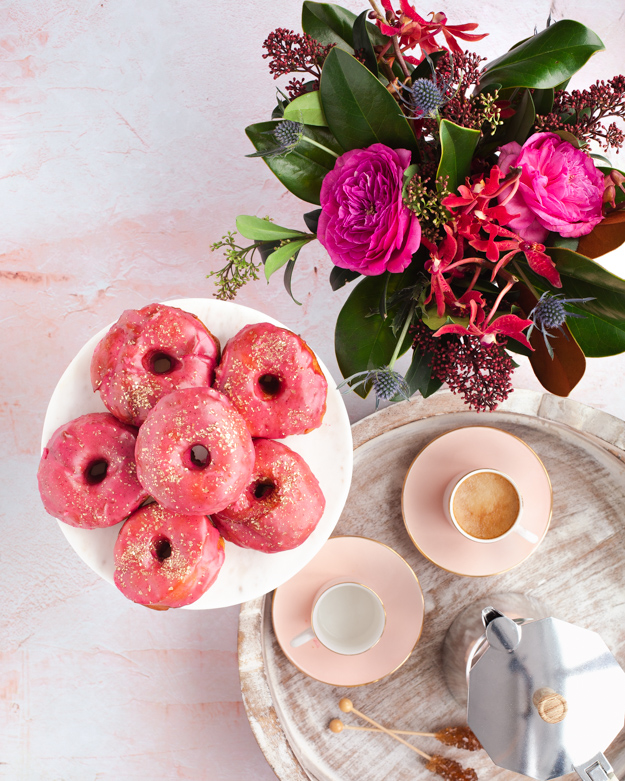 When the über talented Elizabeth Young of Flowers Talk, emailed me about doing a collaborative post, putting together her flowers and my food, I was game. She suggested we tackle a Chanukah theme. I have been a customer of Elizabeth’s for a long time, and she has an amazing eye for colour and design. Plus, she is just a lovely person. She’s much younger than me and has been giving me pointers on how to grow my Instagram account, encouraging me to reveal a bit of the chaos that my kitchen becomes on shoot days.
When the über talented Elizabeth Young of Flowers Talk, emailed me about doing a collaborative post, putting together her flowers and my food, I was game. She suggested we tackle a Chanukah theme. I have been a customer of Elizabeth’s for a long time, and she has an amazing eye for colour and design. Plus, she is just a lovely person. She’s much younger than me and has been giving me pointers on how to grow my Instagram account, encouraging me to reveal a bit of the chaos that my kitchen becomes on shoot days.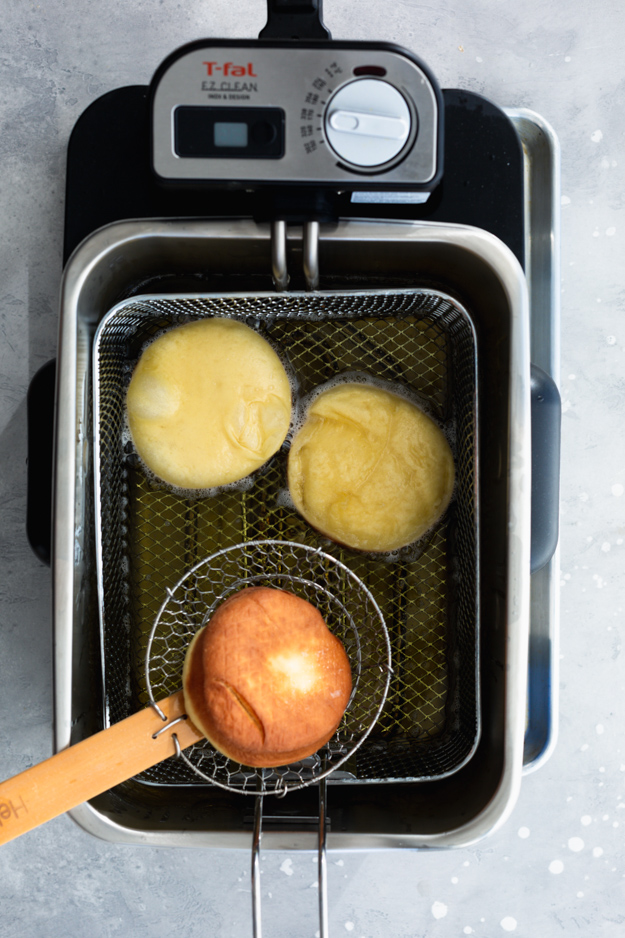
 Elizabeth delivered her flowers just as i was mixing up my icing. I think my glaze was a perfect match. I topped these beauties with Edible gold glitter, because we’re fancy around here! (Truthfully, I found a jar of it at the back of my baking cupboard. Can’t recall why I bought it, but it sure is pretty!)
Elizabeth delivered her flowers just as i was mixing up my icing. I think my glaze was a perfect match. I topped these beauties with Edible gold glitter, because we’re fancy around here! (Truthfully, I found a jar of it at the back of my baking cupboard. Can’t recall why I bought it, but it sure is pretty!)